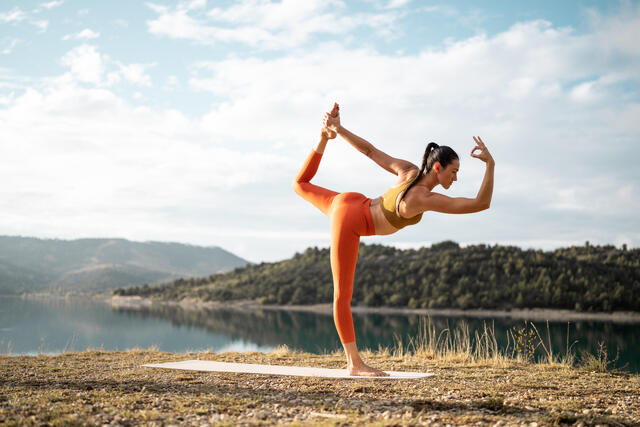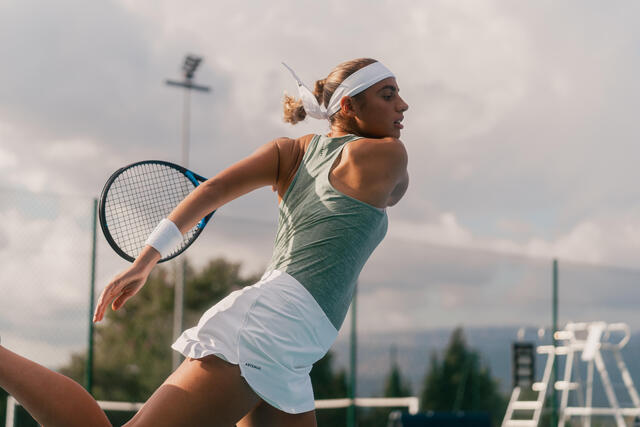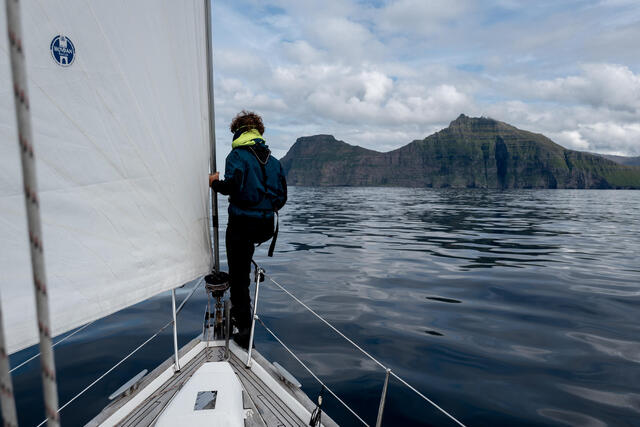Why is swimming good for building muscle?
With its low-impact nature, swimming is ideal for just about anyone. Regardless of age and condition, the benefits include improved recovery, a solid cardiovascular workout and of course muscle toning and growth.
Swimming is like a form of resistance training. It's similar to weight lifting but doesn't place the same stress on your joints. The low-impact nature of swimming means it's a more sustainable method of toning muscles without the potential negative side effects commonly incurred with the continual lifting of heavy weights.
With the full-body workout that swimming provides, many muscle groups can be worked. Swimming surpasses most other sports in this regard by providing an ideal stimulus for muscle growth right across the body. In particular, the shoulders, abs, back, legs and triceps get consistently worked while swimming.
By swimming on a regular basis and repeatedly exposing your body to that resistance created when moving through the water, you encourage your muscles to adapt to the stimulus and hence grow and develop.



















